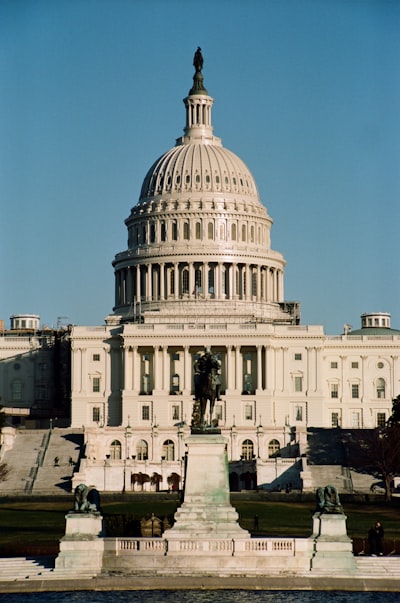Definition and Overview
Vote-a-rama is a legislative procedure employed by the United States Senate to swiftly address a large number of amendments to a piece of legislation, typically in a rapid, sequential manner. These sessions are most commonly associated with debates over the budget resolution or budget reconciliation bills, which under Senate rules cannot be filibustered and require only a simple majority for passage. During a vote-a-rama, senators may introduce and vote on dozens, or even hundreds, of amendments in a compressed timeframe, often resulting in sessions that stretch for many consecutive hours.
Historical Context and Use
The concept of vote-a-rama originated in the 1974 Congressional Budget Act, which established a streamlined process for budget-related bills. This procedure gained prominence in the late 20th and early 21st centuries as partisan polarization increased and budget reconciliation became a preferred tool for enacting significant legislative changes, especially when the majority party lacked the supermajority required to overcome a filibuster.
Vote-a-ramas have been notable during debates on high-profile issues such as healthcare reform, tax policy, and federal spending. The procedure allows both majority and minority parties to propose amendments—often politically symbolic—requiring roll-call votes on each proposal in rapid succession.
Procedure
During a vote-a-rama session, after a period of scheduled debate on a reconciliation bill or budget resolution, the amendment process is opened. Each senator may offer amendments to be considered, debated briefly, and then voted upon, usually with limited discussion or explanation. The process continues until all filed amendments have been addressed. Sessions may last many hours or even more than a day, depending on the volume of amendments.
Votes during a vote-a-rama are typically brief, but floor delays, the sheer volume of amendments, and ongoing negotiations among senators can extend the session. Tie votes are broken by the vice president, who serves as the president of the Senate.
Purpose and Impact
While many amendments are intended to force senators to take public stances on contentious issues, others can substantially alter the underlying legislation. Due to the fast-paced nature of vote-a-rama, procedural maneuvering, political messaging, and negotiation are common. The process can determine the final shape of major legislation affecting taxation, spending, healthcare, social programs, and more.
Criticisms and Defenses
Vote-a-rama is sometimes criticized for encouraging theatrical or symbolic amendments rather than substantive policy debate. Opponents argue it reduces transparency and impedes careful consideration of complex legislative proposals. Supporters contend it provides every senator with the opportunity to shape key bills and holds lawmakers publicly accountable for their positions.
Conclusion
Vote-a-rama remains a significant and unique aspect of the U.S. Senate’s legislative process, especially in the context of budget reconciliation. It reveals the intricacies of Senate procedure, the partisan nature of modern legislative battles, and the evolving strategies used by lawmakers to advance policy goals or challenge the opposition.

Comments
No comments yet. Be the first to comment!